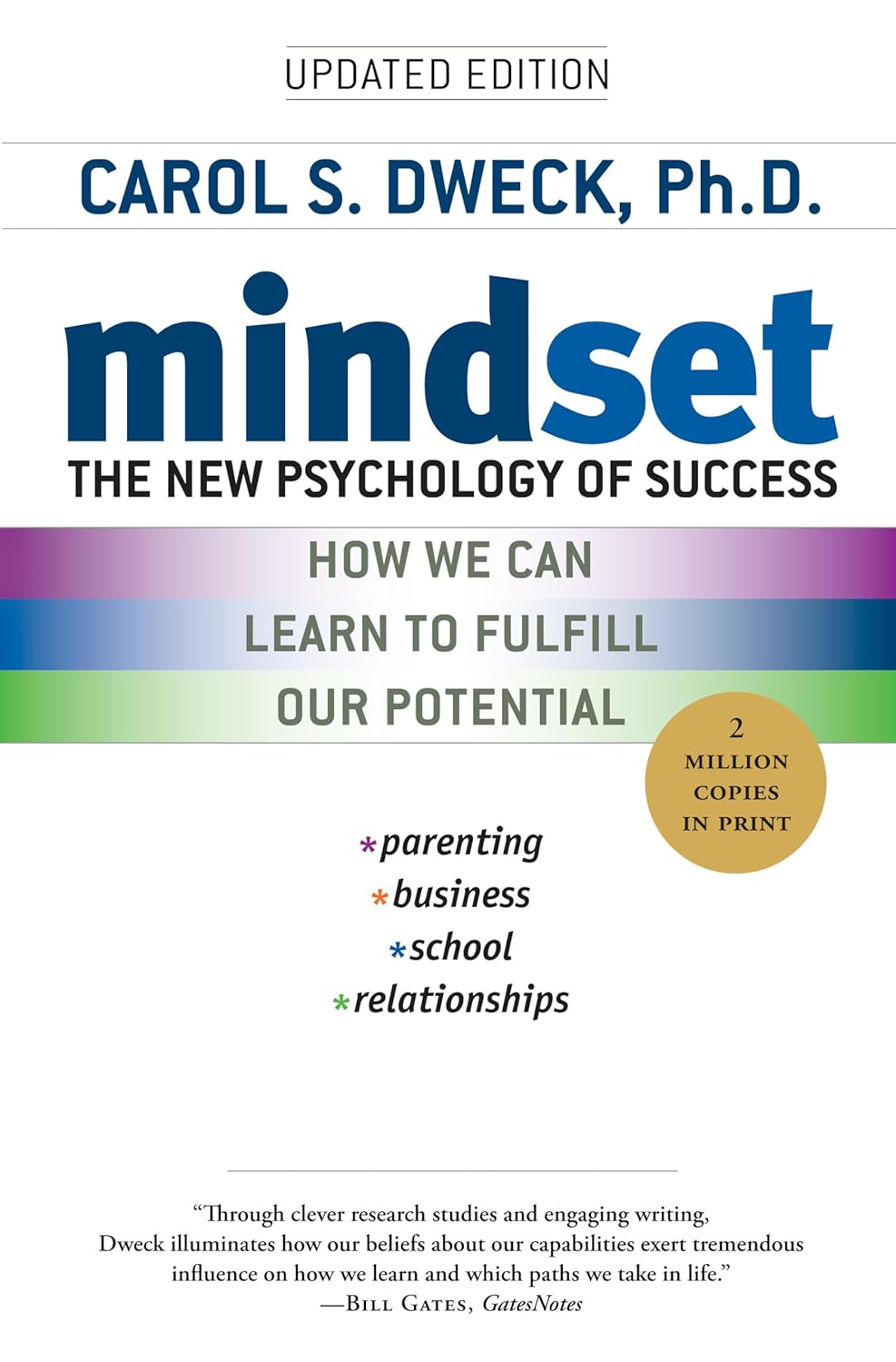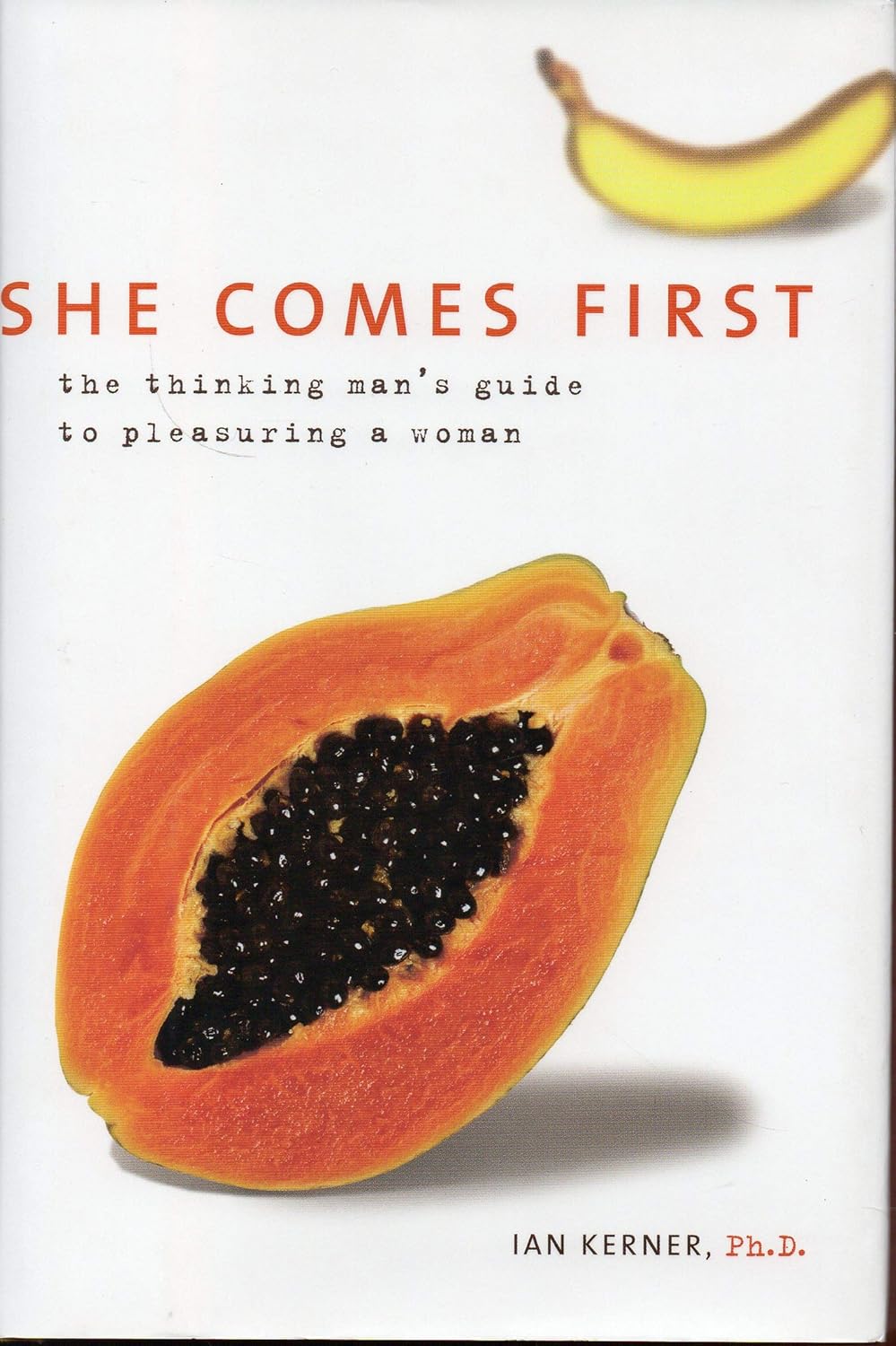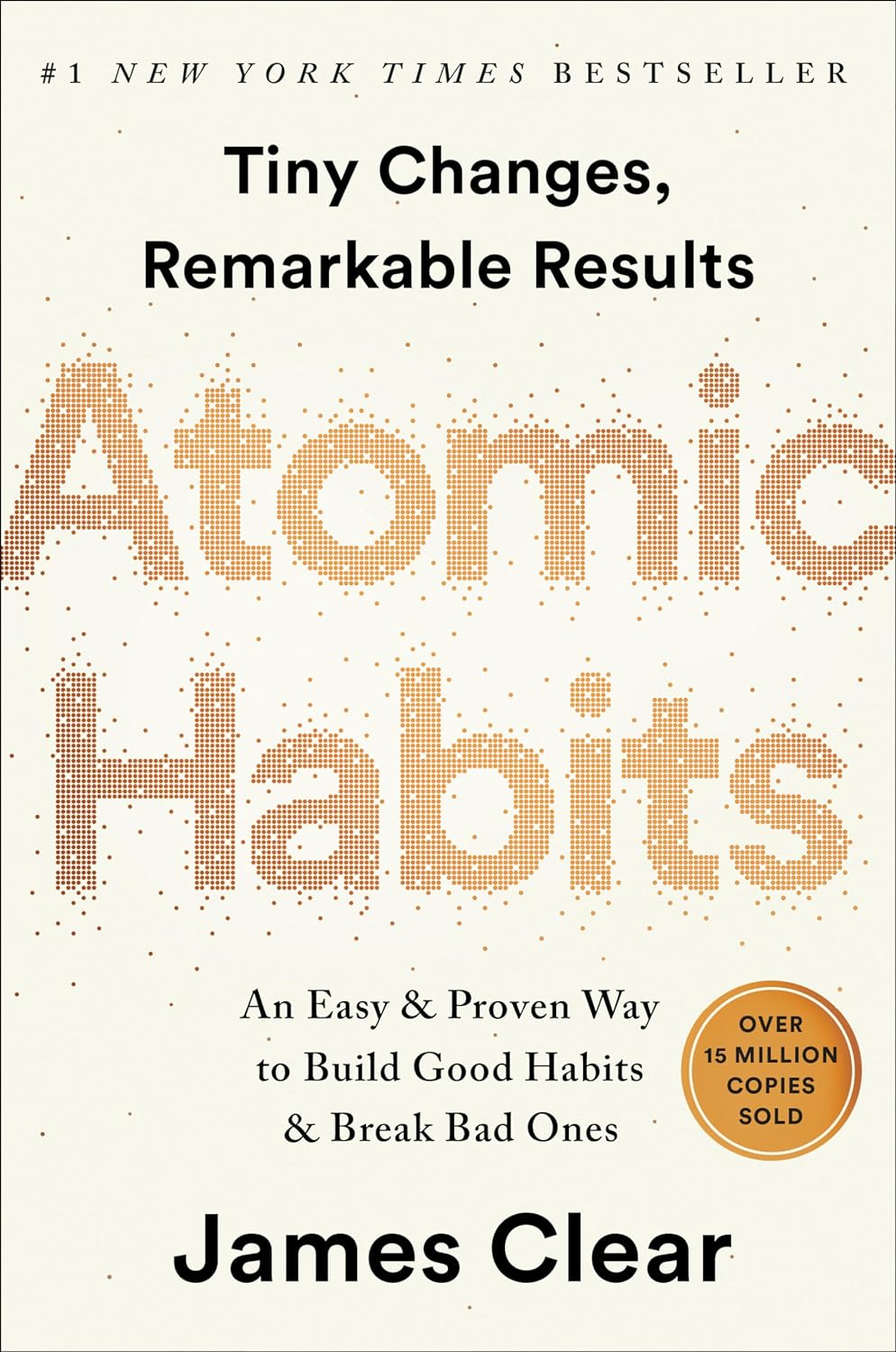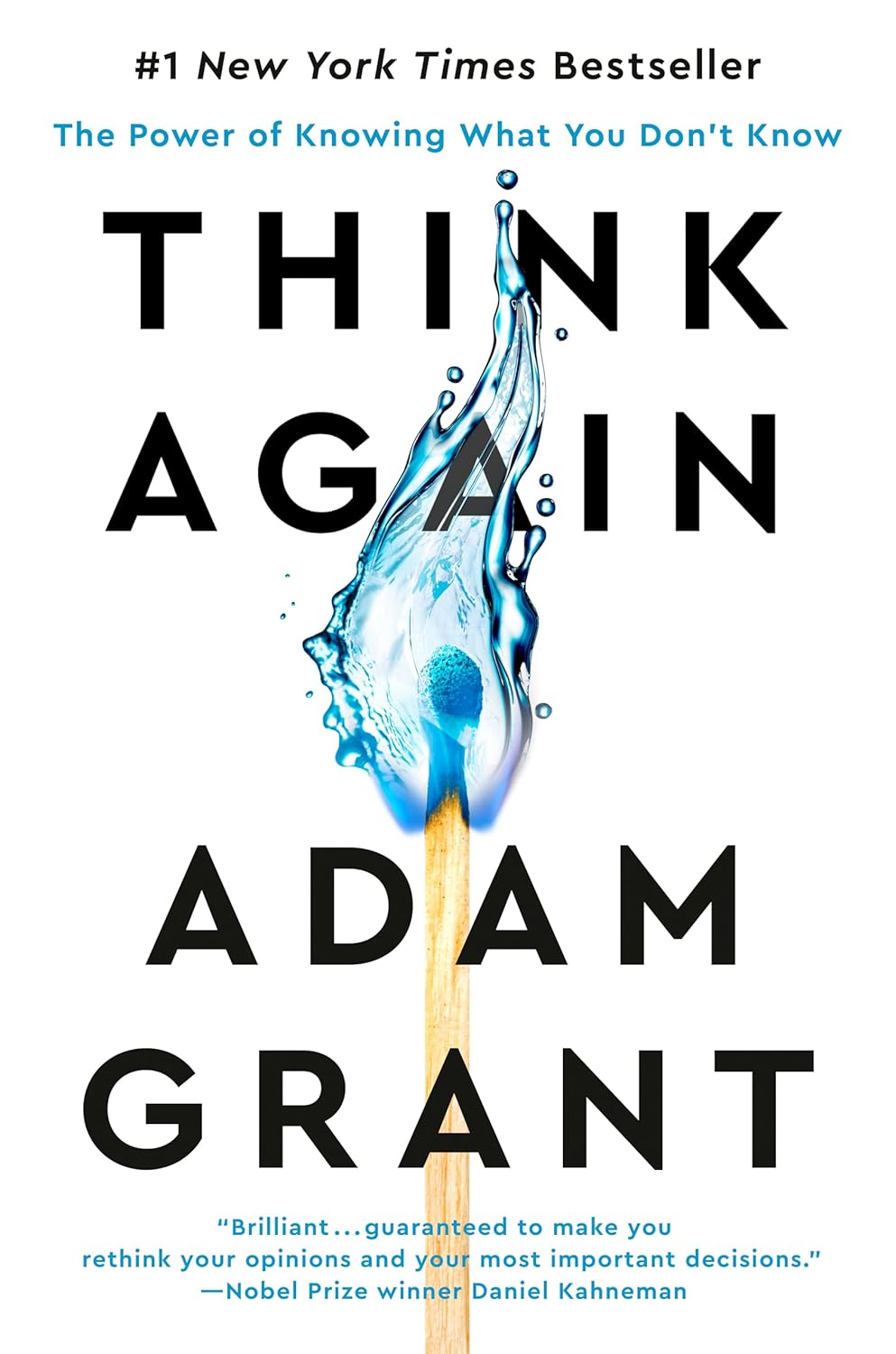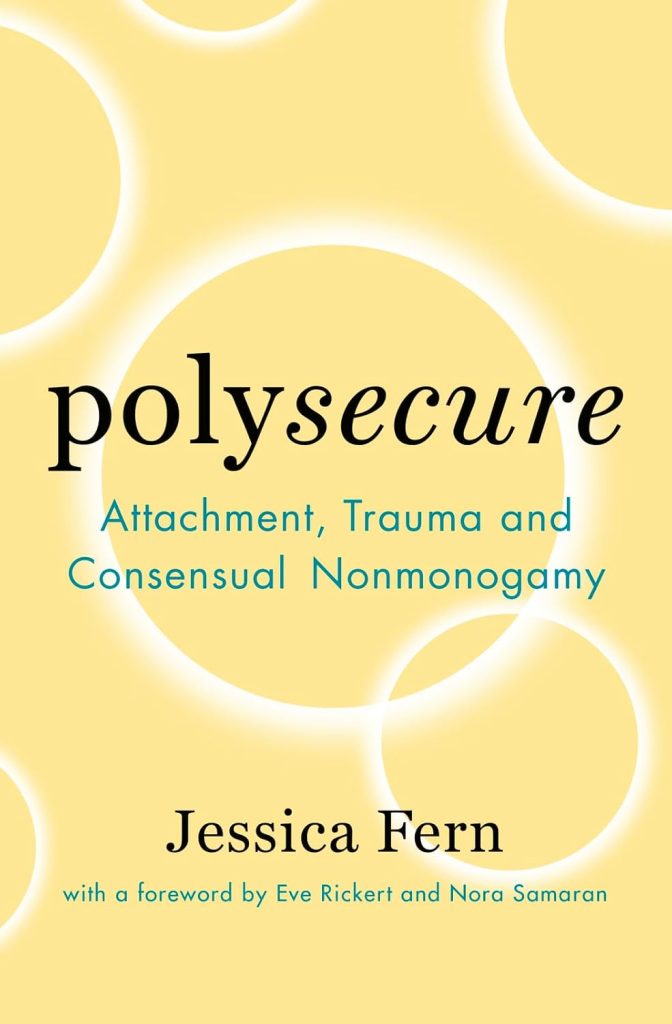
Buy The Book
Chapter
- Polysecure: Attachment, Trauma and Consensual Nonmonogamy
- PART ONE
- ✦ Chapter One: An Overview of Attachment Theory
- ✦ Chapter Two: The Different Dimensions of Attachment
- ✦ Chapter Three: The Nested Model of Attachment and Trauma
- PART TWO
- ✦ Chapter Four: Consensual Nonmonogamy
- ✦ Chapter Five: Attachment and Nonmonogamy
- ✦ Chapter Six: The Importance of Attachment in Consensual Nonmonogamy
- PART THREE
- ✦ Chapter Seven: The Foundations of Being Polysecure in Your Relationships
- ✦ Chapter Eight: The HEARTS of Being Polysecure
- ✦ Chapter Nine: The S in HEARTS—Secure Attachment with Self
- ✦ Chapter Ten: Common Questions and Final Thoughts
Polysecure: Attachment, Trauma and Consensual Nonmonogamy
About
This book bridges the gap between attachment theory and consensual non-monogamy, offering a fresh perspective on how individuals can cultivate secure relationships across multiple partners. It explores the complexities of emotional bonds, trust, and communication in non-traditional relationship structures. By challenging the assumption that attachment security is only possible in monogamy, it provides strategies for fostering stability and deeper connections in ethically non-monogamous dynamics. Through psychological insights, personal anecdotes, and practical advice, readers gain tools to navigate their relationships with greater self-awareness and emotional resilience. Whether addressing fears of abandonment, jealousy, or intimacy struggles, it offers a roadmap to creating more fulfilling and secure relationships in diverse relational structures.
Jessica Fern, a psychotherapist and relationship coach, specializes in working with non-monogamous individuals, couples, and polycules. Her work integrates attachment theory, trauma healing, and embodied coaching to help people cultivate healthier, more fulfilling relationships.
For People
– People in non-monogamous or polyamorous relationships
– Therapists and relationship coaches
– Individuals interested in attachment theory
– Those exploring alternative relationship structures
– People navigating jealousy and emotional security in relationships

Spark
Review
Like this
PART ONE
✦ Chapter One: An Overview of Attachment Theory
Understanding relationships begins with recognizing how early life experiences shape emotional bonds. From infancy, connections with caregivers influence the ability to trust, seek comfort, and feel secure in relationships. These patterns, developed in childhood, continue into adult interactions, affecting romantic, platonic, and even professional dynamics.
Attachment is not a one-size-fits-all experience. Some people develop a deep sense of security in relationships, while others struggle with trust, fear abandonment, or feel the need to maintain emotional distance. These patterns stem from repeated interactions with caregivers, shaping expectations for how others will respond to emotional needs.
While childhood experiences lay the foundation, attachment remains adaptable throughout life. New relationships, therapy, and self-awareness all contribute to reshaping attachment dynamics. Understanding personal attachment tendencies allows for more intentional and fulfilling connections, whether in monogamous or nonmonogamous relationships.
Rather than seeing attachment as a rigid framework, it serves as a guide for understanding relational needs. Recognizing how security, anxiety, or avoidance manifest in relationships provides valuable insights into personal behavior and emotional responses. Developing secure attachment is not about perfection but about cultivating trust, communication, and emotional resilience.
By acknowledging how past experiences influence present relationships, deeper emotional connections become possible. Awareness of attachment patterns fosters growth, allowing for healthier and more fulfilling ways of relating to others.
✦ Chapter Two: The Different Dimensions of Attachment
Attachment is not a singular experience but a complex interplay of emotions, behaviors, and expectations that shape relationships. Security, anxiety, and avoidance exist on a spectrum, influencing how emotional connections form and how closeness is navigated. These dimensions impact the ability to trust, communicate needs, and feel safe in relationships.
A secure attachment fosters confidence in relationships, creating a foundation of trust and emotional safety. Those with anxious attachment may experience heightened sensitivity to perceived distance, seeking constant reassurance to feel valued. Avoidant attachment often results in discomfort with emotional intimacy, leading to a preference for independence over deep connection. Some individuals experience a combination of these patterns, creating a disorganized attachment style that fluctuates between seeking closeness and pushing others away.
Rather than viewing attachment as fixed, it evolves through experience and self-awareness. Recognizing personal tendencies allows for more intentional relationship choices, fostering healthier connections. Understanding these dimensions also enhances communication, helping to express emotional needs clearly and respond more compassionately to partners.
Attachment styles influence not only romantic relationships but also friendships, family dynamics, and professional interactions. Awareness of these patterns creates opportunities for growth, allowing for the development of deeper, more secure relationships. By identifying how attachment influences emotions and behaviors, it becomes possible to navigate relationships with greater clarity and confidence.
✦ Chapter Three: The Nested Model of Attachment and Trauma
Relational dynamics do not exist in isolation but are shaped by personal history, societal influences, and generational experiences. Trauma, whether from early life or later relationships, impacts attachment, affecting emotional security and the ability to form stable connections. Understanding these layers of influence provides a broader perspective on how attachment functions.
Rather than viewing attachment as an individual experience, it exists within a nested framework. Personal attachment patterns develop within the context of family dynamics, cultural expectations, and social structures. Early caregivers play a crucial role, but so do broader influences such as community support, systemic oppression, and collective trauma. These external factors shape relational expectations and emotional responses.
Unresolved trauma complicates attachment, often reinforcing patterns of insecurity, fear, or emotional withdrawal. Healing requires acknowledging these wounds while developing new relational experiences that foster trust and safety. Supportive relationships, self-reflection, and therapeutic interventions help create a pathway toward more secure connections.
Recognizing the layers of attachment and trauma allows for a more compassionate approach to relationships. Rather than seeing struggles as personal failures, they can be understood as responses to past experiences. This perspective encourages patience, both with oneself and with partners, fostering deeper understanding and emotional growth.
By integrating awareness of trauma and attachment, relationships become a space for healing rather than re-enactment of past wounds. Through intentional effort, it is possible to cultivate security, trust, and deeper emotional intimacy in all forms of connection.
PART TWO
✦ Chapter Four: Consensual Nonmonogamy
Navigating relationships beyond monogamy requires intentional effort, clear communication, and a strong foundation of trust. Various forms of nonmonogamy exist, each with distinct structures and expectations. Some individuals prefer open relationships, where romantic or sexual connections outside the primary partnership are permitted, while others engage in polyamory, fostering deep emotional and romantic bonds with multiple partners. Choosing a structure that aligns with personal values and relational needs is essential for long-term fulfillment.
Maintaining healthy connections in nonmonogamy depends on mutual consent and ongoing dialogue. Establishing clear agreements about boundaries and expectations ensures that all involved feel secure and respected. While some embrace multiple relationships as a lifestyle choice, others experience it as an inherent relational orientation. Neither perspective is superior—what matters is that all participants approach relationships with honesty, care, and ethical consideration.
Challenges often emerge, particularly when navigating jealousy, insecurity, or societal stigma. These emotions are not signs of failure but opportunities for introspection and growth. Addressing them with self-awareness, reassurance, and open communication strengthens relational bonds. Developing emotional resilience is key to thriving in nonmonogamous dynamics.
Consent remains at the core of ethical nonmonogamy. Engaging in multiple relationships requires transparency, respect, and a commitment to the well-being of all partners. Regular check-ins and adaptability help ensure that relationship agreements continue to meet evolving needs. By cultivating a mindset of curiosity and openness, nonmonogamy becomes a space for deep personal connections and meaningful self-discovery.
✦ Chapter Five: Attachment and Nonmonogamy
Understanding attachment patterns provides valuable insight into navigating multiple relationships. Each person carries a unique attachment style—secure, anxious, avoidant, or disorganized—that influences how they connect with others and manage relational challenges. Recognizing these tendencies fosters self-awareness and allows for more intentional relationship dynamics.
A secure attachment style typically supports smoother navigation of nonmonogamy, as trust and effective communication come naturally. Those with an anxious attachment may struggle with fears of abandonment, requiring reassurance and open dialogue to feel secure. Avoidant attachment can lead to emotional distancing, making vulnerability more difficult to cultivate. Disorganized attachment, which combines both anxious and avoidant tendencies, may result in internal conflict and difficulty establishing stability in multiple relationships.
Although attachment insecurities can create challenges, nonmonogamy also presents opportunities for growth. Rather than viewing difficulties as barriers, they can be addressed through self-reflection, honest communication, and relationship structures that offer stability. When partners understand and respond to each other’s attachment needs with care, they strengthen their emotional foundation.
Building attachment security within nonmonogamous relationships involves consistency, reliability, and emotional attunement. Developing self-soothing strategies and expressing needs clearly supports healthier connections. Partners who prioritize emotional safety help create environments where relationships thrive.
Rather than reinforcing attachment wounds, nonmonogamy can serve as a space for healing. By approaching relationships with mindfulness and intention, individuals can deepen their emotional connections and cultivate a sense of security, even while engaging in multiple partnerships.
✦ Chapter Six: The Importance of Attachment in Consensual Nonmonogamy
A strong attachment foundation provides stability in nonmonogamous relationships, allowing for exploration without fear of abandonment or neglect. When emotional security is prioritized, multiple connections become more fulfilling rather than a source of anxiety. Secure attachment fosters trust and resilience, enabling partners to navigate challenges with confidence.
Balancing multiple relationships requires intentional effort in meeting emotional needs. Secure attachment does not eliminate difficult emotions but encourages open and supportive communication when they arise. Partners who offer reassurance, consistency, and emotional presence create an environment where safety and connection can flourish. These efforts prevent feelings of insecurity and help sustain long-term relational harmony.
Difficulties occur when attachment needs go unmet, leading to jealousy, insecurity, or emotional withdrawal. Instead of viewing these emotions as failures, they provide insight into areas requiring attention. Addressing them with compassion and honesty strengthens relational resilience. Recognizing personal triggers and communicating openly about needs fosters a greater sense of stability.
Cultivating secure attachment within nonmonogamy involves balancing strong foundational bonds with the flexibility to engage in multiple connections. Regular check-ins, intentional quality time, and emotional responsiveness reinforce these bonds. When partners feel valued and prioritized, multiple relationships coexist more harmoniously.
Rather than seeing attachment and nonmonogamy as conflicting, integrating both leads to deeper intimacy and greater emotional fulfillment. By emphasizing trust, communication, and security, nonmonogamy becomes a space for meaningful relationships and personal growth, rather than a source of instability or fear.
PART THREE
✦ Chapter Seven: The Foundations of Being Polysecure in Your Relationships
Creating stability in nonmonogamous relationships begins with a strong emotional foundation. Security does not come from rigid structures but from trust, open communication, and mutual care. When relationships are built with intentionality, they provide reassurance and connection, even in the presence of multiple partners.
A sense of security grows when all individuals feel valued and prioritized. This requires consistency, reliability, and emotional presence. Rather than avoiding difficult emotions, acknowledging and addressing them fosters stronger bonds. Jealousy, fear, or insecurity are not signs of failure but signals that deeper needs require attention.
Attachment patterns influence how security develops. Those with a history of secure attachment may find it easier to navigate multiple relationships, while those with attachment wounds may need extra reassurance and personal reflection. Regardless of past experiences, developing secure attachment within nonmonogamy is possible with effort and self-awareness.
Building supportive relationship agreements strengthens emotional security. Rather than rigid rules, agreements should be flexible, evolving as needs change. Regular check-ins, open conversations, and emotional attunement help maintain trust and stability.
Security in nonmonogamy comes from within, as well as from external relationships. A strong foundation of self-trust, emotional regulation, and relational care fosters a sense of belonging and safety. By prioritizing intentional connection and emotional well-being, nonmonogamous relationships can thrive with depth, trust, and resilience.
✦ Chapter Eight: The HEARTS of Being Polysecure
Cultivating secure attachment in nonmonogamy requires a framework that supports emotional well-being and relational stability. A practical approach involves key principles that reinforce security and trust. These principles serve as a foundation for navigating multiple relationships with confidence and care.
Honoring needs and agreements ensures that all partners feel respected and valued. Rather than assuming security will develop naturally, intentional effort is required in maintaining relational trust. Open and honest communication fosters deeper understanding, allowing concerns and desires to be expressed without fear of judgment.
Emotional presence strengthens bonds, making relationships feel safe and supportive. Consistently showing up for partners, listening with empathy, and offering reassurance contribute to greater emotional security. Attunement to each other’s needs creates a strong foundation where all individuals feel seen and cared for.
Resilience is essential for navigating the challenges of nonmonogamy. Difficult emotions, conflicts, and external pressures are inevitable, but approaching them with patience and adaptability strengthens relationships. By addressing concerns rather than avoiding them, emotional security deepens over time.
Trust in oneself and in relationships allows for greater openness and connection. When individuals feel secure in their ability to navigate relational dynamics, they engage with more authenticity and confidence. Developing a foundation of trust, emotional presence, and resilience fosters deeper intimacy and stability, making nonmonogamy a space for meaningful and fulfilling relationships.
✦ Chapter Nine: The S in HEARTS—Secure Attachment with Self
Security in relationships begins with a strong connection to oneself. Without self-trust, emotional regulation, and inner stability, external relationships may feel unstable or overwhelming. Cultivating secure attachment with oneself creates a foundation for engaging in relationships with confidence and emotional balance.
Self-awareness plays a crucial role in understanding needs, boundaries, and emotional triggers. Recognizing patterns of insecurity or avoidance allows for intentional growth. Rather than seeking external validation to feel secure, developing internal reassurance strengthens confidence in relationships.
Emotional regulation helps navigate challenges without being consumed by fear or insecurity. Practicing self-soothing techniques, mindfulness, and self-compassion fosters resilience. When difficult emotions arise, responding with care rather than self-judgment allows for a more grounded approach to relationships.
Honoring personal needs and boundaries ensures that relationships remain fulfilling rather than draining. Prioritizing self-care, personal growth, and emotional well-being prevents burnout and resentment. A strong sense of self makes it easier to engage in relationships from a place of abundance rather than fear.
Secure attachment with oneself supports deeper intimacy with others. Confidence in personal worth reduces the need for constant reassurance, allowing for more authentic connections. By fostering self-trust, practicing emotional regulation, and honoring personal boundaries, relationships become spaces of joy and connection rather than sources of anxiety.
✦ Chapter Ten: Common Questions and Final Thoughts
Navigating nonmonogamy brings up common concerns, from managing jealousy to maintaining connection across multiple relationships. Rather than seeing these challenges as obstacles, they offer opportunities for growth and deeper understanding. Addressing these concerns with openness and intentionality creates stronger relational foundations.
Jealousy often stems from fear, insecurity, or unmet needs. Rather than suppressing or ignoring these emotions, acknowledging them provides insight into personal attachment patterns. Communicating openly with partners and practicing self-soothing techniques helps transform jealousy into an opportunity for deeper connection.
Balancing time and emotional energy across multiple relationships requires intentional effort. Prioritization does not mean ranking partners but ensuring that everyone feels valued and supported. Regular check-ins, flexible agreements, and honest conversations help maintain a sense of balance and relational harmony.
Attachment security remains an ongoing process rather than a fixed state. Relationships evolve, needs shift, and emotions fluctuate. Approaching nonmonogamy with curiosity, adaptability, and self-compassion allows for continuous growth. Rather than striving for perfection, focusing on emotional presence and trust fosters deeper intimacy.
Nonmonogamy is not about avoiding commitment but expanding the ways in which love and connection are expressed. By embracing secure attachment, fostering open communication, and prioritizing emotional well-being, relationships become spaces for fulfillment, trust, and meaningful connection.











